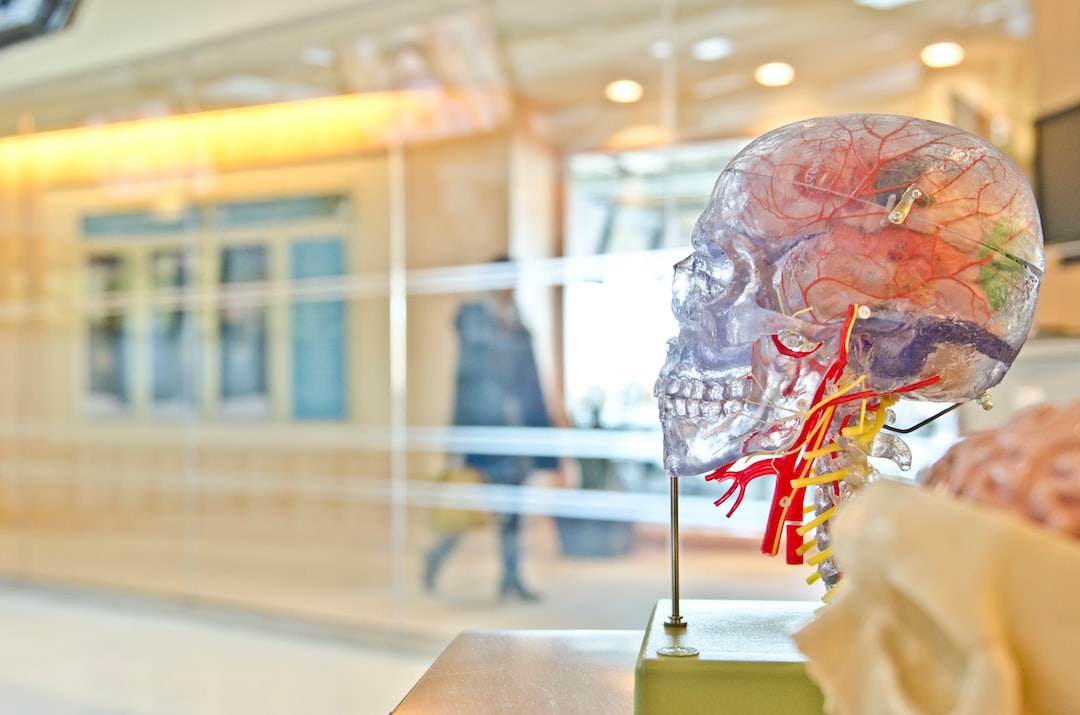Chronic pain can be a debilitating condition, affecting not only physical health but mental and emotional well-being too. Living with chronic pain impacts all areas of your life, from sleep quality to daily routines and relationships with others. Finding relief can be challenging, but it is essential for improving quality of life.
First and foremost, it is essential to seek medical advice from a healthcare professional. Your doctor can help identify the root cause of the pain and work with you to develop a treatment plan that caters to your needs. This could include pain medication, physical therapy, or other alternative therapies such as acupuncture.
In addition to medication, you can take other steps to aid in dealing with chronic pain. Here are some suggestions that may help:
1. Practice relaxation techniques
Chronic pain can increase stress and anxiety levels, which can worsen pain symptoms. Practicing relaxation techniques such as deep breathing, meditation, or yoga can help reduce stress and alleviate pain.
2. Exercise regularly
Low-impact exercise such as walking, swimming, or cycling can help improve flexibility and reduce inflammation, leading to reduced pain symptoms over time. Before starting any exercise routine, it is essential to consult with your doctor and ensure that it is safe for you.
3. Get adequate sleep
Pain can disrupt sleep, and lack of sleep can increase pain. Aim for at least seven to eight hours of sleep each night and create a sleep-friendly environment in your bedroom, such as keeping the room cool and dark.
4. Eat a balanced diet
A diet rich in fruits, vegetables, whole grains, and lean protein sources can help reduce inflammation and promote healing. Avoid processed foods, sugar, and excessive alcohol consumption, which can trigger inflammation and worsen pain.
5. Join a support group
Chronic pain can be isolating, and joining a support group can provide emotional support and understanding. Online or in-person support groups are available, and talking with others who understand your condition can help alleviate feelings of loneliness and isolation.
6. Use heat or cold therapy
Heat therapy such as warm baths or heating pads can help relax muscles and ease pain, while cold therapy such as ice packs can help reduce inflammation and swelling.
In conclusion, chronic pain can be challenging to manage, but seeking guidance from your healthcare professional and implementing lifestyle changes can help you find relief. It is essential to be patient and consistent in your efforts and remember that everyone’s journey with pain management is unique. With the right approach, you can improve your quality of life and manage chronic pain.

